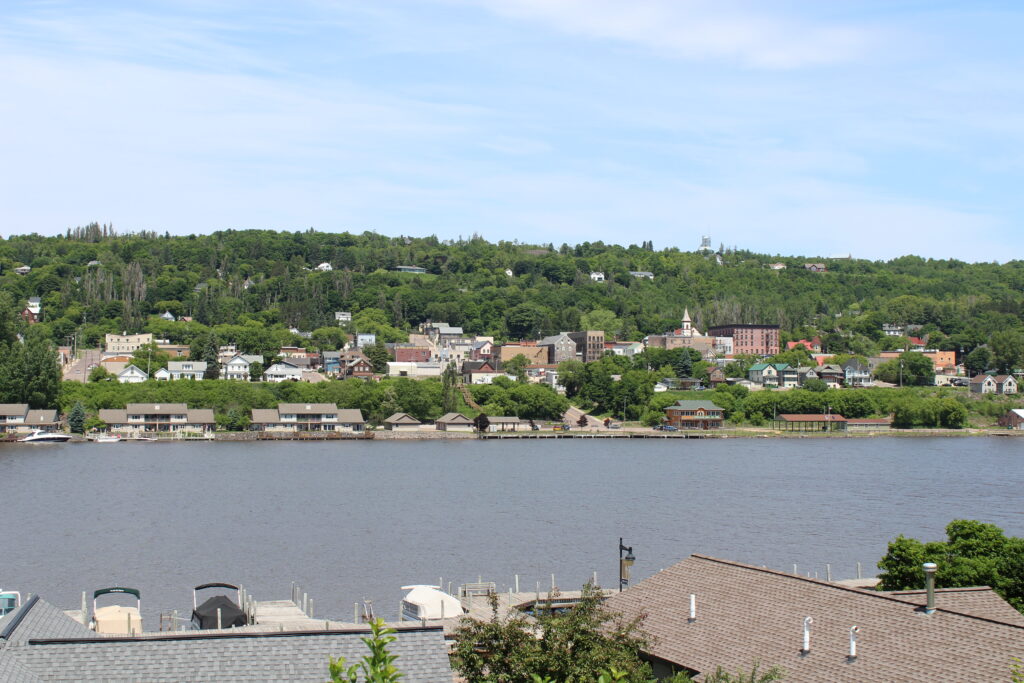Hancock, a city of 4,501 people in the Upper Peninsula of the US state of Michigan, has been named the Finno-Ugric capital of culture 2026 – the first in North America.
Hancock, MI, was named the Finno-Ugric capital of culture 2026 during the Midsummer event that took place in the 2025 Finno-Ugric capital of culture – in Narva, Estonia.
According to the organisers, the six counties surrounding Hancock are the only ones in the United States where people of Finnish heritage form the majority, accounting for roughly 35 per cent of the population. The region, affectionately known as the Copper Country, attracted thousands of immigrants during the copper boom of the late 19th and early 20th centuries. Among them were not only Finns, but also other Finno-Ugric peoples, including the Sámi, Hungarians, Karelians and Estonians, the organisers said in a statement.

“These days we don’t hear much from the Hungarian or Estonian communities,” Jim Kurtti, the honorary consul for Finland in Michigan’s Upper Peninsula, said. “But we are expecting this coming year of Finno-Ugrian celebrations will draw them out.”
He also expressed the hope that Finno-Ugrians from across the United States, Canada and Europe would join the festivities.
“Our three-day celebration will provide opportunities for lecturers, demonstrations, folk tradition bearers such as musicians, crafters and the like to gather in Hancock during the grand festival Juhannus Suurjuhlat,” Kurtti added. Juhannus Suurjuhlat – the Midsummer Grand Party in Finnish – is due to take place from 18-21 June 2026.
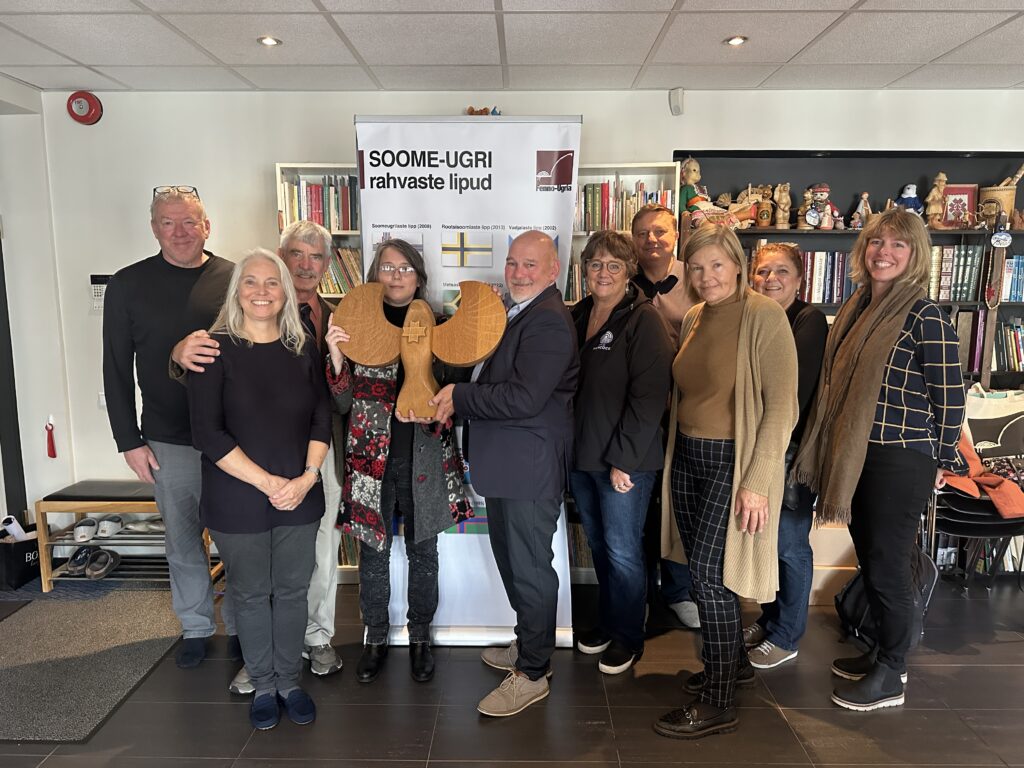
Looking for Finno-Ugrians to participate
The organisers are also inviting programme proposals from Finno-Ugrians everywhere. “We’re looking for musicians, market vendors, lecturers, and people demonstrating folk arts and crafts. If someone has an idea, send us a proposal,” Kurtti said.
Launched in 2013, the title of Finno-Ugric Capital of Culture has been awarded to the Udmurt village of Bõgõ (2014), the Setomaa village of Obinitsa (2015), the Hungarian village of Iskaszentgyörgy and the city of Veszprém (2016), the Karelian village of Vuokkiniemi (2017), the Mari El village of Untšo (2019), the Bashkortostani village of Miškan (2020), the capital of Mulgimaa, Abja-Paluoja (2021), the Udmurt village of Bayterek (2022), the Finnish city of Kuhmo (2023), and Narva, Estonia (2025).
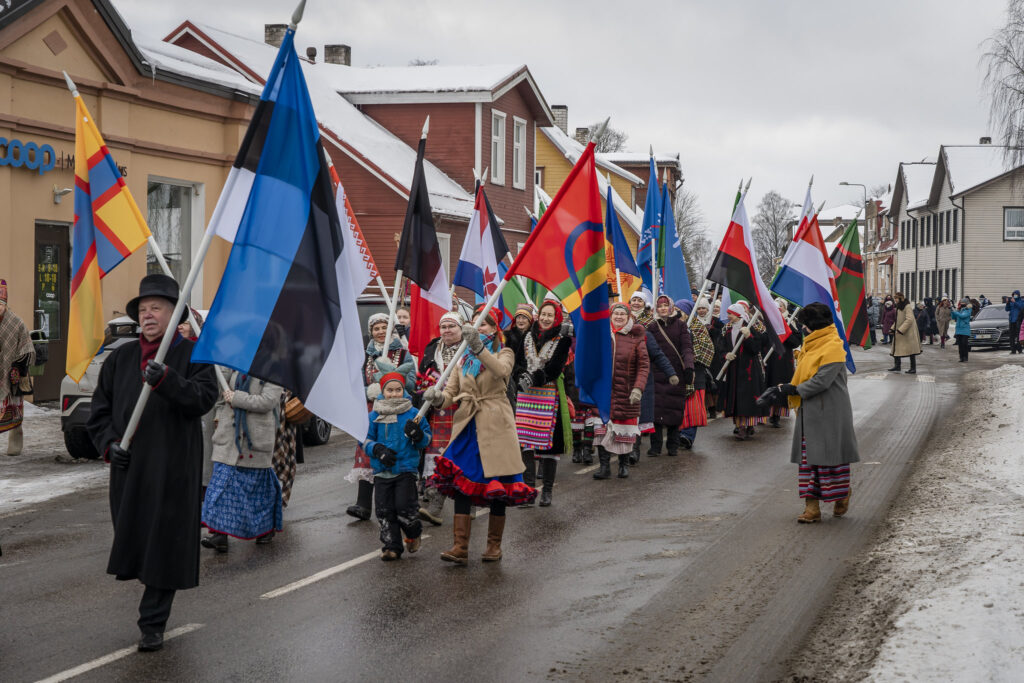
Hancock is regarded as the capital of Finnish-American culture and is home to the Finnish American Heritage Center, the Finnish American Folk School, and the Finnish American Reporter newspaper. Some of the city’s street signs are bilingual, in both English and Finnish.
“Midsummer is an incredible time to visit the Upper Peninsula’s Keweenaw Peninsula. We are as far west as one can go in the United States in the Eastern time zone. Consequently, the last bits of the sunset can be seen well past 11 PM, especially while standing on the shores of Lake Superior, one of the world’s largest freshwater bodies of water. One feels as they actually might be in Finland on an evening like that,” Kurtti said.
Estonians and Finns are closely related as both nations are part of the Finno-Ugric peoples.
The Finno-Ugric family
The Finno-Ugric world encompasses around 25 million people, most of whom live in north-eastern Europe across the Nordic and Baltic regions and Russia.
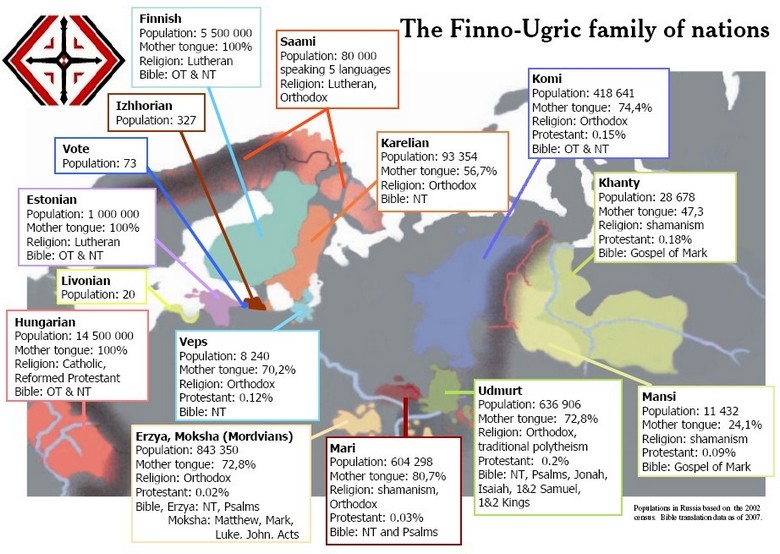
While 95 per cent of Europeans speak a mother tongue from the Indo-European family – like the language you are reading now – the Finno-Ugric languages, including Estonian, have entirely separate roots. The only other surviving language family indigenous to Europe is Basque, an orphan with no known relatives; the rest of Europe’s pre-Indo-European languages have long since disappeared.
Finno-Ugric languages reflect a worldview more closely bound to nature and animals. For speakers of Indo-European languages such as English, they are also famously challenging to master.
The Finno-Ugric peoples trace their descent from the Proto-Uralic population, whose original homeland lay somewhere in the Ural Mountains of present-day Russia. One branch, the Proto-Finnic or Baltic Finns, migrated to the eastern shores of the Baltic Sea, eventually giving rise to the Estonian and Finnish nations. This movement likely began some 6,000 years ago, coinciding with the spread of what archaeologists call the Pit-Comb Ware culture.
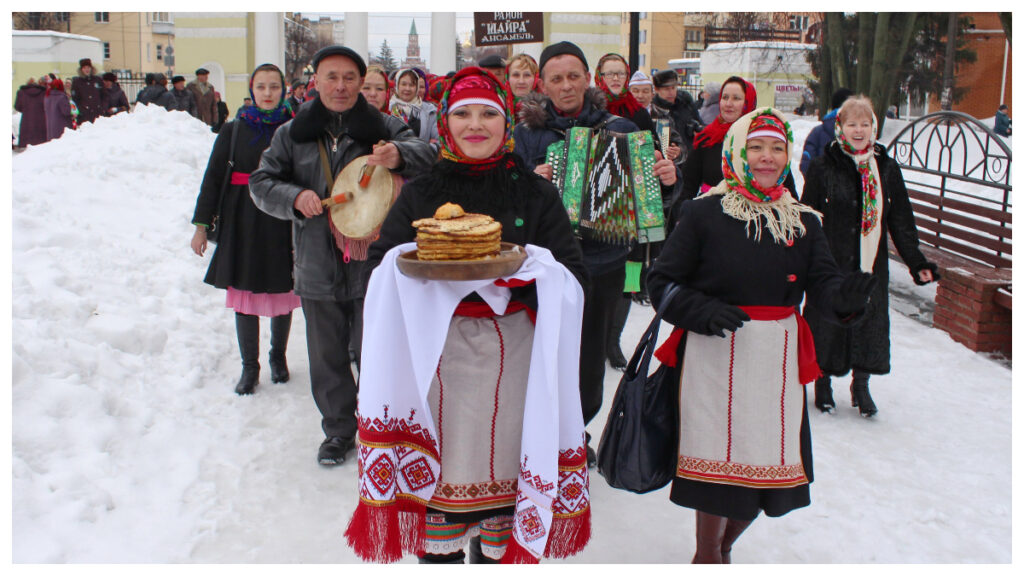
Three independent Finno-Ugric states
With the exception of the Hungarians, the Finno-Ugric peoples have endured a precarious existence for much of recorded history, their languages often dismissed as inferior on their own lands by successive rulers. In the early 18th century, for instance, the number of Estonian speakers had fallen below 100,000 – less than a tenth of today’s figure – while their landlords spoke German and their rulers Russian.
Yet against the odds, three independent Finno-Ugric states now exist: Estonia, Finland and Hungary. In total, there are generally regarded to be 14 Finno-Ugric peoples, each defined by their own distinct language and cultural identity.
The others that have survived enjoy differing degrees of regional autonomy and minority-language recognition, particularly in Russia, which is home to the third-largest Finno-Ugric population. Beyond these, the picture is less clear: there is no firm consensus on how many identities should be counted as distinct languages rather than regional dialects.
The idea of kinship among Finno-Ugric peoples is a relatively modern concept. The connection between the Hungarians and the Sámi was first discovered in the 18th century and it wasn’t until the 19th century that the Finno-Ugric language theory was properly developed and understood.

